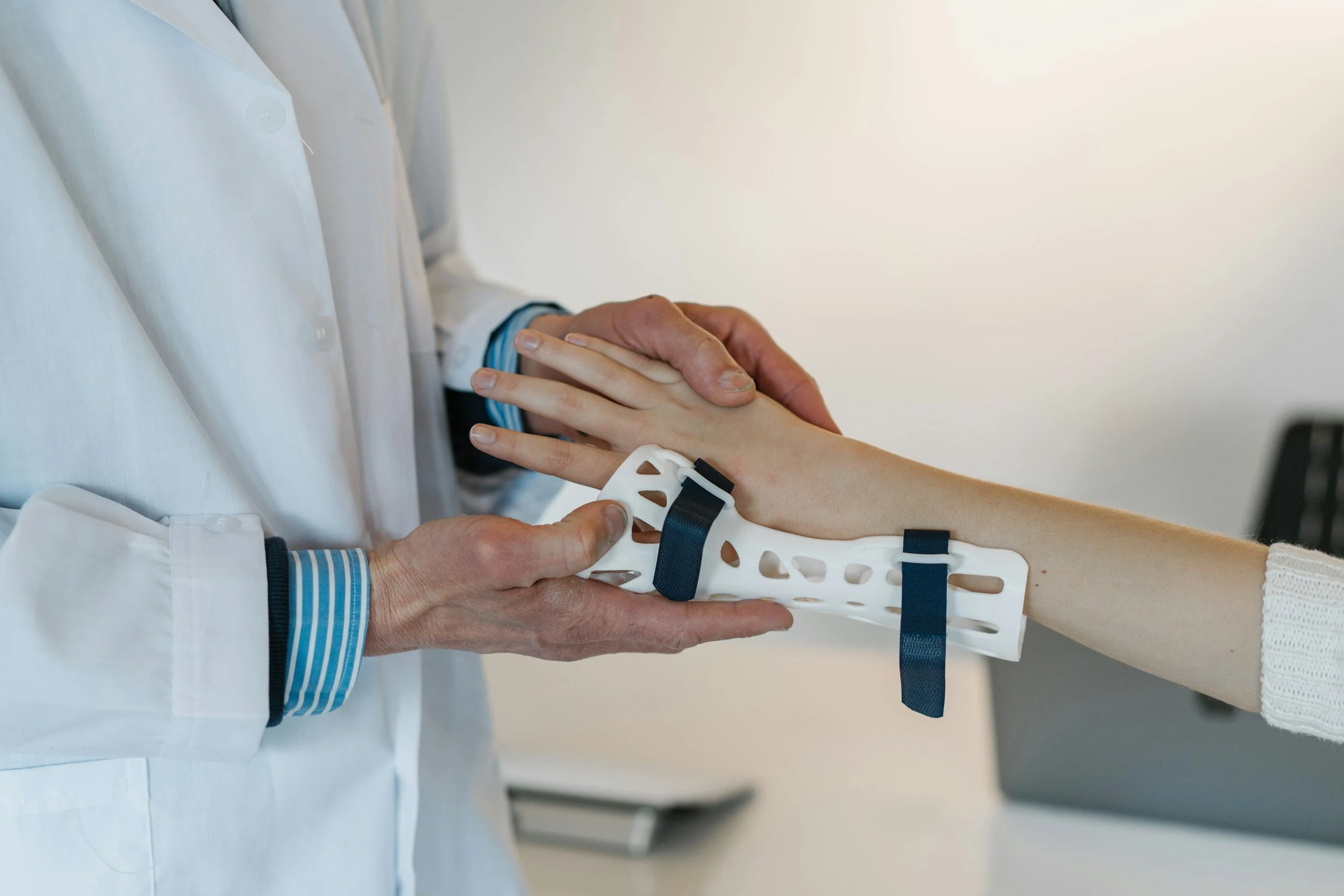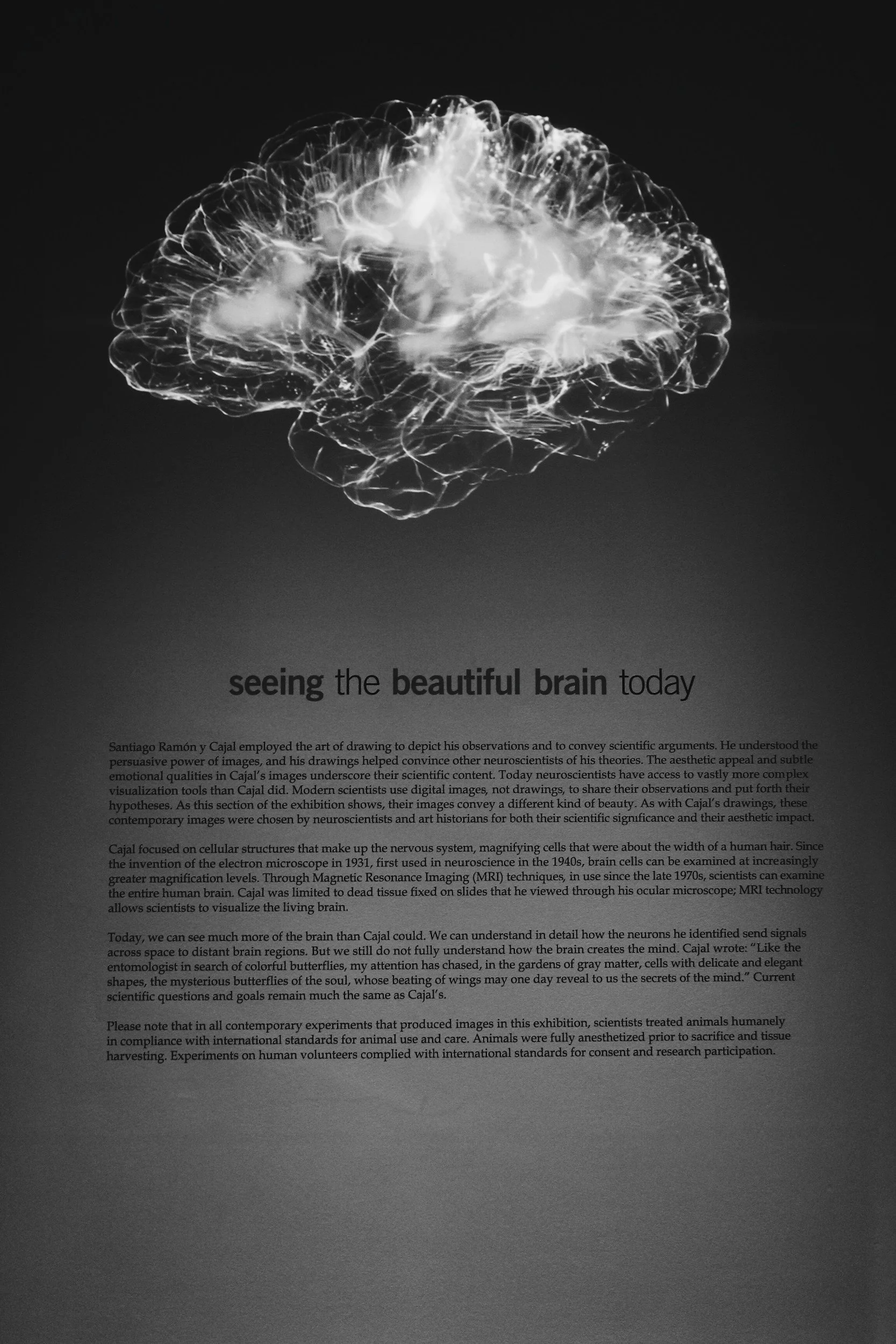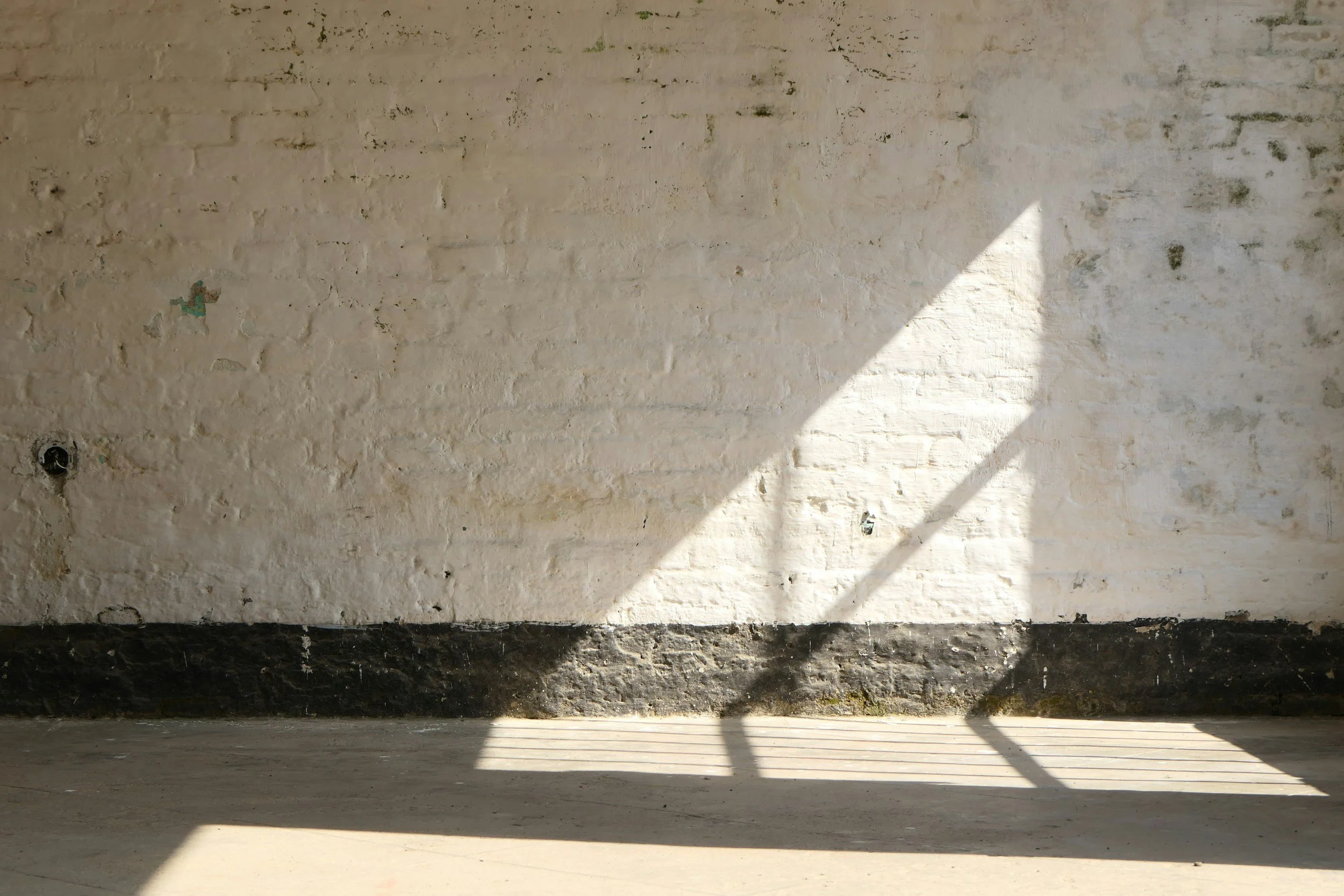
INJURY, FEAR, & STIGMA
In the dance world, injuries are often seen as proof of hard work, sacrifice, and commitment. However, the unspoken reality is that there has been a long-standing culture of fear, avoidance, and stigma regarding injuries that have been deeply ingrained within the dance industry.

There's been a long-standing mindset of toughing it out. Things like “if you can walk, you can dance,” “push through the pain,” and “dance till you drop” have been said way too often.
With this comes an assumption that injuries are becoming a more accepted and normalized element of dance training that dancers are expected to deal with rather than talk about or take seriously. Aside from this culture of stigma, dancers face other factors that discourage them from seeking support:
BARRIERS TO REPORTING INJURY
-
Dancers are reluctant to acknowledge being injured for fear of:
Being replaced in a performance and losing potential income
Being unable to do their job at their full capacity or not being competitive for contract/casting decisions
(Mainwaring & Finney, 2017)
-
Fear of losing the ability to dance completely and consequently needing to medically retire early
Fear of losing their dance identity and the sense of loss that comes with dance retirement
(Johnson, 2021; Henn, 2016)
-
Dancers often feel misunderstood and inadequately treated by medical professionals, who they believe lack an appreciation of the dance world.
Most dancers have not been afforded the luxury of a practitioner who once danced or who specializes in dance injuries.
(Ruanne, Krasnow, & Thomas, 2008
* Over 50% of dancers reported that they fear the repercussions of sustaining a dance-related injury.
— (Vassallo et al., 2019)
Here’s what you should know:
Delaying care makes things worse. When you dance through pain, your body adapts in unhealthy ways, often leading to further injury or creating new problems in other areas.
When you speak up about injuries…
You get access to proper care.
Early reporting helps you get the right treatment sooner, whether that’s rest, rehab, or referrals.
You stay in control of your training.
When instructors know what’s going on, they can adjust choreography or workload to help you stay active in a safer way.
You build a healthier mindset.
Reporting injuries builds body awareness and self-advocacy—skills that protect your longevity as a dancer.
SUPPORTING
RESEARCH
4 Phases in the Impact of Injury
This study examines the psychosocial processes associated with athletic injuries in seven competitive athletes. A four-phase model emerged from the data: (a) getting injured, (b) acknowledging the injury, (c) dealing with the impact of the injury, and (d) achieving a physical and psychosocial outcome.
(Berghammer, Kleinert, & Fritsch, 1994)
Stress Response Model of Injury
Andersen & Williams (1988) proposed a stress response model that hypothesizes the following factors as influences on injury occurrence: personality (e.g., competitive trait anxiety, achievement motivation), history of stressors (previous injuries, life events), and coping resources (social support, coping behaviors)
(Andersen & Williams, 1988)
Pain Perceptions, Suffering, and Pain Behaviors
In this study, Soundy & Lim (2023) explores how dancers perceive and manage pain and injury. Dancers often develop positive and adaptive attitudes towards pain, viewing it as an integral part of their artistic expression and career progression significantly impact how dancers respond to pain and injury.
(Soundy & Lim, 2023)
Rewrite the narrative.
What if we started seeing rest, rehab, and recovery as part of the dancer’s discipline and not as signs of failure?
Because being a strong dancer doesn’t mean pushing through pain, it means knowing your limits, honoring your body, and taking care of the artist within. Speaking up about injuries & the way we respond to it as a community matters.
By acknowledging and addressing the culture around injury, we create a more sustainable dance world; one where dancers can move through their dance journey with strength and confidence—on their own terms.
-
When teachers, choreographers, and peers model compassionate, informed responses to injury, it sets the tone for the entire environment. Studios and dance programs can normalize discussions surrounding injury and shift the focus from “pushing through” to “recovering smart.” This includes modifying training, checking in regularly, and encouraging time off when needed.
-
Educating dancers and dance instructors about long-term health is an important part of sustainable dance training. Consider engaging in collaborative communication with medical professionals to host workshops educating dancers on injury prevention, early reporting, and proper care.
-
Recognizing the early signs of overtraining and injury is key to seeking timely care. Check in with yourself daily by rating your energy, pain, and mood, as all of these areas can be predictors of injury. Don’t wait until your concerns get worse— if something doesn’t feel right, it may be time to speak up.
Let’s rewrite the story together.
Still feel unsure of how to start the discussion? Here’s a self-assessment checklist to ensure you feel prepared when seeking care for your health.
REFERENCES
Andersen, M. B., & Williams, J. M. (1988). A model of stress and athletic injury: Prediction and prevention. Journal of Sport & Exercise Psychology, 10(3), 294–306. https://doi.org/10.1123/jsep.10.3.294
Berghammer, G., Kleinert, J., & Fritsch, T. (1994). Psychosocial processes associated with athletic injuries. The Sport Psychologist, 7(3), 309–324. https://doi.org/10.1123/tsp.7.3.309
Soundy, A., & Lim, J. Y. (2023). Pain perceptions, suffering and pain behaviours of professional and pre-professional dancers towards pain and injury: A qualitative review. Behavioral Sciences (Basel, Switzerland), 13(3), 268. https://doi.org/10.3390/bs13030268
Vassallo, A. J., Pappas, E., Stamatakis, E., & Hiller, C. E. (2019). Injury fear, stigma, and reporting in professional dancers. Safety and Health at Work, 10(3), 260–264. https://doi.org/10.1016/j.shaw.2019.03.001




